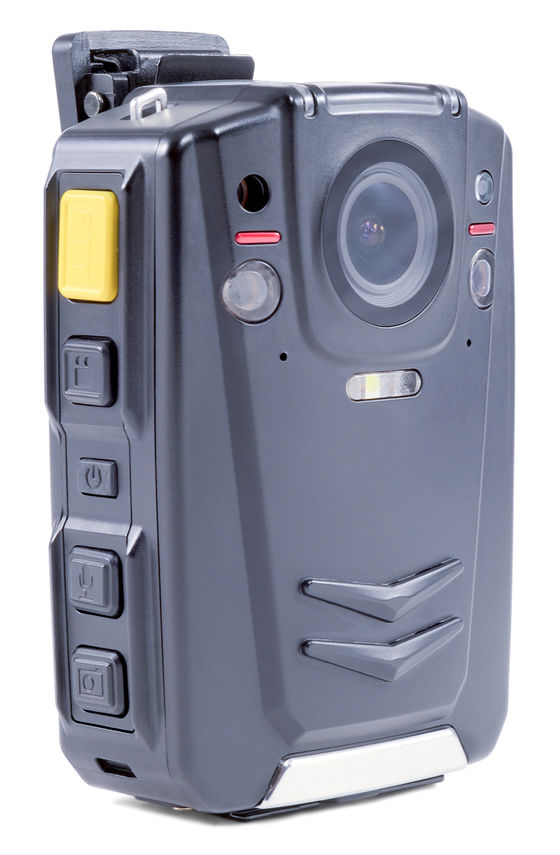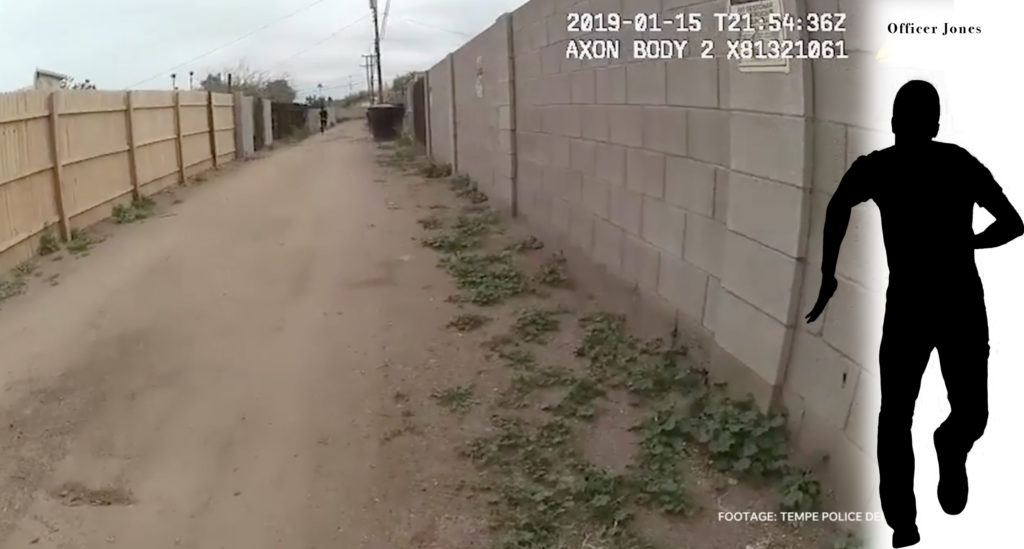By Dr. Ken Broda Bahm:

Across the country, police departments are moving toward greater use of individual officer body cams. The small, lightweight cameras are used to record police encounters from the officer’s perspective and can become evidence. In some ways, of course, this means greater protection for both the public and for honest police officers. Instead of just relying on testimony during emotionally fraught situations, we will have a digital record on video. But is a body cam really a neutral record? Well, we are in Oscars season and directors and cinematographers will tell you that the lens is never neutral. Angle, exposure, and most of all, what the camera sees and what it omits all introduce a bias. I have written about that effect in the context of deposition video, but the issue of perspective bias plays an even greater role when it comes to body cam evidence.
One recent study of mock jurors (Turner et al., 2018) highlights this perspective bias regarding body cams, but in a way that carries implications for other uses of video evidence and animations used in court. The researchers compared body cam and dash cam video of the same incident. The videos were made as similar as possible regarding duration and the events shown on the tape, which included an officer-involved shooting that was claimed to be without a reasonable basis. What the researchers found is that, when assessing potential blame for the officer, participants who viewed the body cam video had lower judgments of intentionality. Because the officer wearing the body cam was “less visually salient” on the resulting video, the research participants saw less intention, had lower feelings of punitiveness, and showed a decreased likelihood of indicting the officer. Based on this, the greater use of body cams could result in greater leniency toward officers in shootings that are questioned. This carries implications for cases that involve body cam evidence, but also carries implications for other cases that involve similar forms of visual evidence.
Police Body Cams: The Disappearing Officer
Across eight experiments involving 279 respondents, the researchers not only documented the effect of reduced intentionality with body cam video, but also compared two theories for why that would be so. One theory looked at motivation, reasoning that people would identify more with the officer if they are seeing what the officer saw. Using procedures to manipulate this perspective-taking, however, the researchers did not find support for that explanation. Instead, they found support for the theory that body cam video decreases intentionality by de-emphasizing the focal actor. In other words, the effect occurs with the body cam because, ironically, the “body” disappears.
One way the researchers confirmed this was to look at situations where viewers could see parts of the officers actions. For example, in some videos, viewers could see the arms, the movement, or perhaps the gun of the body cam wearer. When they had that reminder of the actor on screen, the effect on intentionality was reduced or eliminated.
A Solution: Put the Officer in the Picture
For lawyers defending officers, this research is perhaps a reason to be less fearful of body cam evidence. But for prosecutors and civil plaintiffs, it raises the question of how to use body cam evidence without contributing to diminished responsibility by taking the officer out of the picture. The researchers found that putting the officer’s name and photo on the screen wasn’t enough to mitigate the effect. Instead, they argue that the viewer needs dynamic imagery about the actor in order to maintain the salience of that actor.
Talking with one of our graphic designers, Pamela Miller, one solution is to present the video on a screen that also includes the officer’s body and orientation. The movements of the officer, based on testimony, could also be included. This would allow you to show moment to moment whether the officer was running, crouching, drawing a gun, etcetera. The combined screens might look something like this:


A Lesson for All Representational Graphics: Vantage Point Matters
The underlying principle behind this research is a principle that matters to all uses of graphics that aim to represent an event: The vantage point matters. For example, I have written previously about research showing that when viewers see an accident reconstruction animation using the “God’s Eye View” of all the cars from above, then their hindsight bias is effectively doubled, with the accidents seeming to be more controllable and more preventable. When, in contrast, we see a driver’s eye view, as if the viewer is in a driving simulator, then that hindsight bias effect is removed. So whenever you are using video or designing an animation to reconstruct events, consider the vantage point and the message that carries.
Other Posts on Graphics:
- Feed Your Millennials Visual Information
- Use Cartoon-style Graphics to Persuade
- Put “Images With Impact” on Your Office Bookshelf
Turner, B. L., Caruso, E. M., Dilich, M. A., & Roese, N. J. (2019). Body camera footage leads to lower judgments of intent than dash camera footage. Proceedings of the National Academy of Sciences, 201805928.